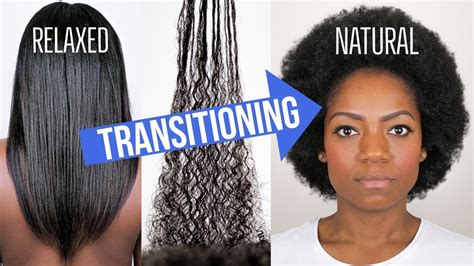1. Determine Your Starting Point
Your starting point will determine the amount of time and effort required to achieve your desired color. If your hair is naturally black, you will need to bleach it before you can apply any other color. The darker your hair, the more bleaching you will need.

2. Choose Your Desired Color
Once you know your starting point, you can start to choose your desired color. There are many different factors to consider when choosing a hair color, including your skin tone, eye color, and personal style. If you are unsure what color to choose, you can consult with a professional hairstylist.
3. Bleach Your Hair
If your hair is naturally black, you will need to bleach it before you can apply any other color. Bleaching is a process that uses chemicals to remove the pigment from your hair. The amount of bleaching you need will depend on the darkness of your hair.
4. Tone Your Hair
After you have bleached your hair, you may need to tone it to correct any unwanted brassiness or orange tones. Toning is a process that uses toner to deposit color into your hair.
5. Apply Your Desired Color
Once your hair is bleached and toned, you can apply your desired color. You can use a permanent, semi-permanent, or temporary hair color. The type of hair color you choose will depend on how long you want the color to last.
6. Care for Your Colored Hair
Colored hair requires special care to keep it looking its best. You should use a color-protecting shampoo and conditioner, and avoid using heat styling tools too often. You should also get regular trims to remove any split ends.
7. Different Hair Color Options from Black
There are a wide range of hair color options available for those with black hair. Some of the most popular options include:
* Auburn
* Blonde
* Brunette
* Copper
* Red
* Violet
8. Tips for Choosing the Right Hair Color
When choosing a hair color, it is important to consider your skin tone, eye color, and personal style. You should also keep in mind that some colors may require more maintenance than others. If you are unsure what color to choose, you can consult with a professional hairstylist.
9. Tips for Caring for Colored Hair
Colored hair requires special care to keep it looking its best. You should use a color-protecting shampoo and conditioner, and avoid using heat styling tools too often. You should also get regular trims to remove any split ends.
10. Frequently Asked Questions
Q: Can I color my black hair at home?
A: Yes, you can color your black hair at home, but it is important to follow the instructions carefully. If you are unsure how to do it, you can consult with a professional hairstylist.
Q: How long will it take to transition from black hair to my desired color?
A: The amount of time it takes to transition from black hair to your desired color will depend on the darkness of your hair and the color you are trying to achieve. In general, it can take several months to achieve a significant change in color.
Q: How much will it cost to transition from black hair to my desired color?
A: The cost of transitioning from black hair to your desired color will vary depending on the length of your hair, the type of color you are using, and the location of your salon. In general, you can expect to pay between $100 and $500 for the entire process.
Q: What are the risks of transitioning from black hair to my desired color?
A: There are some risks associated with transitioning from black hair to a lighter color. These risks include:
* Brassiness: Brassiness is a common problem when transitioning from black hair to a lighter color. Brassiness is a yellow or orange tint that can appear in your hair.
* Damage: Bleaching and coloring your hair can damage your hair if it is not done properly. Damage can include breakage, dryness, and split ends.
* Allergic reactions: Some people may experience allergic reactions to hair color. These reactions can range from mild to severe.
